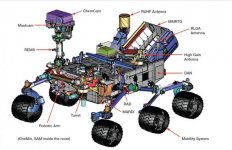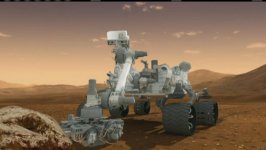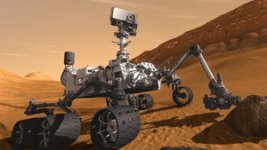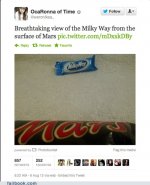On August 5, 2012 NASA space mission Curiosity will land on Mars after a two year voyage to the Red Planet.
Team members of the Curiosity mission dramatically share the challenges of Curiosity's final minutes to landing on the surface of Mars.
See the video Curiosity's Seven Minutes of Terror
I highly recommend it to help appreciate what it's like to land on Mars.
Other spectacular videos telling the story of the Curiosity Mission can be found HERE
The Mars Science Laboratory (MSL) Mission homepage is HERE
Ever wonder about the distance from Earth to Mars?
That link contains a really cool photo of Mars taken from NASA's Viking spacecraft, which launched in 1975.
Steve
 Space Junkie
Space Junkie
Team members of the Curiosity mission dramatically share the challenges of Curiosity's final minutes to landing on the surface of Mars.
See the video Curiosity's Seven Minutes of Terror
I highly recommend it to help appreciate what it's like to land on Mars.
Other spectacular videos telling the story of the Curiosity Mission can be found HERE
The Mars Science Laboratory (MSL) Mission homepage is HERE
Ever wonder about the distance from Earth to Mars?
That link contains a really cool photo of Mars taken from NASA's Viking spacecraft, which launched in 1975.
Steve

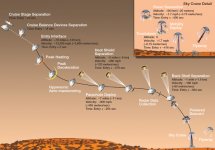

 Press Kit
Press Kit
